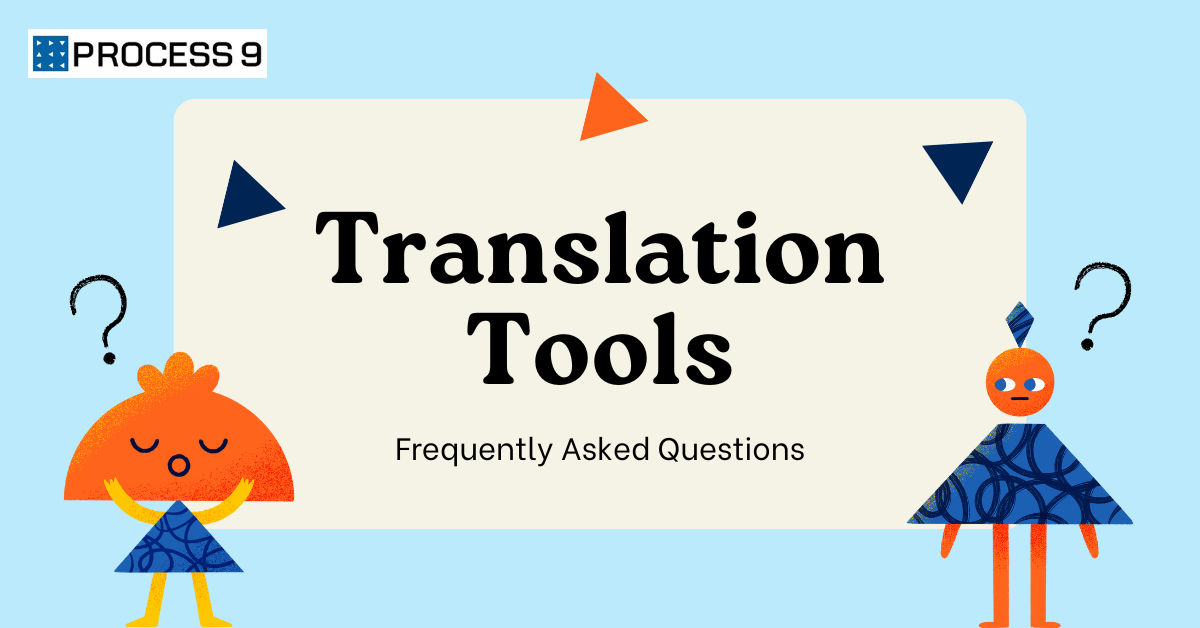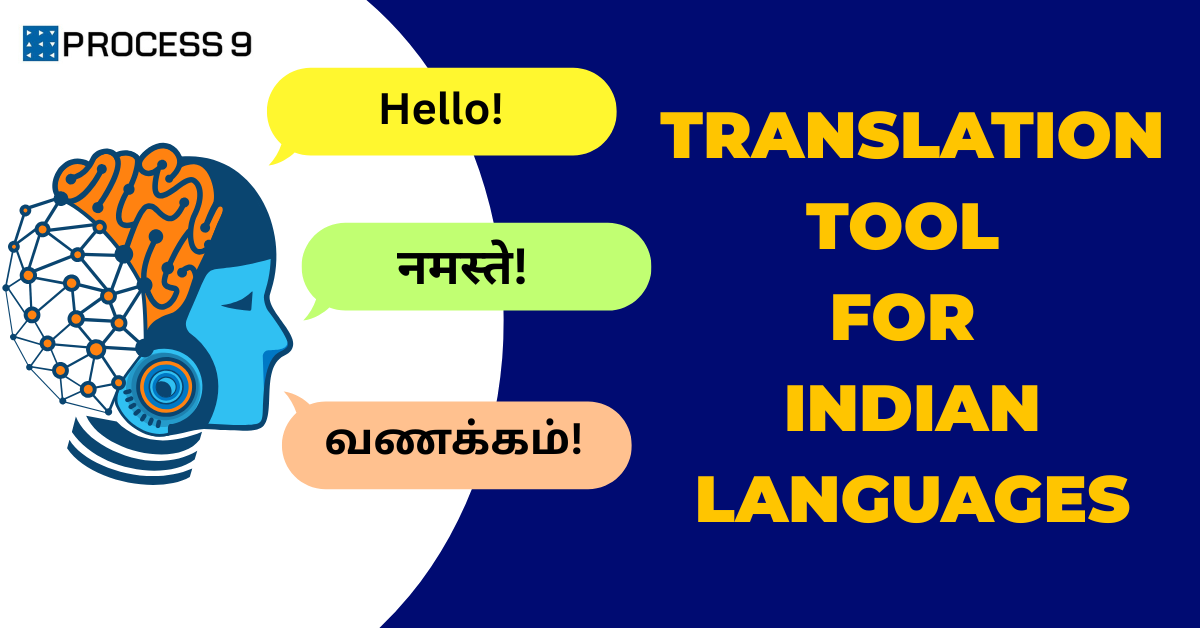Today, website localization has become a strategic necessity for businesses aiming to reach diverse audiences across regions and languages. With rising internet penetration in non-English speaking markets, especially across India, the demand for fast, scalable, and reliable website localization has grown significantly. As organizations evaluate their options, many find themselves choosing between traditional human translation workflows and modern AI-powered translation technologies. This FAQ explores the key differences between these two approaches and answers common questions around implementation, quality, scalability, and cost – especially for Indian languages.
Q: What are they key differences between traditional website localization methods and AI-powered website localization?
A: Traditional website localization involves manually extracting content, sending it to human translators, and then integrating translated text back into websites – a process that typically takes weeks or months. In contrast, advanced AI-powered translation integrates directly into your website architecture, providing instant, contextually-aware translations that update automatically as your content changes.
Some key areas of difference between both approaches are as follows:
- Speed: Traditional methods require months for project completion, while you can launch your project using AI-powered solutions within weeks.
- Cost Structure: Traditional translation uses high per-word pricing that escalates with volume, whereas AI-powered translation systems offer scalable pricing that becomes more cost-effective as content volume increases.
- Quality Consistency: Human translators may introduce variations in terminology and style, while advanced AI maintains consistent brand voice and industry-specific terminology across all content.
- Technical Integration: Traditional methods create bottlenecks requiring constant developer intervention. AI-powered solutions integrate seamlessly, eliminating technical barriers and creating a living translation ecosystem.
- Scalability: Traditional approaches require proportionally more resources as you add languages and content. AI-powered systems scale effortlessly to handle multiple languages and frequent updates without additional overhead.
- Context Understanding: While human translators excel at cultural nuances, advanced AI-powered systems now analyse entire page contexts, understand user intent, and maintain appropriate tone across technical documentation, marketing materials, and user interfaces.
The result is that AI-powered website localization offers immediate global reach, intelligent cost optimization, and seamless technical integration that transforms how organizations approach international expansion.
Q: How quickly can AI-powered localization software be implemented for Indian languages compared to traditional localization?
A: AI-powered solutions typically require 3-5 weeks for full implementation across major Indian languages, compared to 6-9 months for traditional localization projects of similar scope. The difference comes from automated integration and configuration versus manual setup and coordination with multiple Indian language specialists.
Q: What happens to translation quality during high-volume periods, especially for complex Indian languages?
A: AI-powered systems maintain consistent quality regardless of volume across all Indian languages, like Hindi, Tamil, and Bengali. Traditional methods often experience quality degradation during peak periods due to resource constraints and rushed timelines.
Q: Can AI translation software handle specialized terminology in Indian languages for regulated industries?
A: Yes, modern AI translation platforms excel at learning and applying industry-specific terminology consistently across Indian languages. Custom glossaries and translation memories ensure accurate handling of specialized terms in Hindi, Tamil, Telugu, Bengali, and other Indian languages, crucial for compliance with Indian regulatory requirements.
Q: What level of human oversight is needed with AI-powered localization for Indian languages?
A: Most Indian businesses find that 10-20% human oversight is sufficient for maintaining quality standards across Indian languages, compared to 100% human involvement in traditional methods. The level depends on content criticality, regulatory requirements, and quality standards specific to Indian markets.
Q: How do ongoing costs compare as you scale to more Indian languages?
A: AI-powered solutions show dramatic cost advantages as you scale across Indian languages. Adding new Indian languages typically increases costs by 10-20% per language, compared to 80-100% increases with traditional methods, making pan-India expansion much more affordable.
Q: Can you name some large and trustworthy brands who have adopted AI-powered localization?
A: Several large and trustworthy brands have leveraged the benefits of AI-powered localization for their websites, apps, documents, videos and more. These include Bajaj Finance, Flipkart, Paytm, Axis Bank, 1mg, MakeMyTrip and more. Check out these case studies from Process9 for more information.
Process9 is a leading Indian language AI company that offers secure, scalable, and enterprise-grade solutions for the localization of websites, mobile appa, documents, videos, emails, chatbots and more. Its suite of tools, that include MoxVeda, MoxWave, MoxWords, and MoxComm, power end-to-end multilingual digital transformation for some of India’s most trusted brands. With ISO-certified data protection, no-code deployment, and support for 22 Indian languages and 80 global languages, Process9 enables faster go-live, consistent translation quality, and significant cost savings over traditional methodologies.







Share: